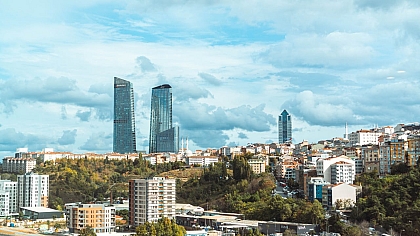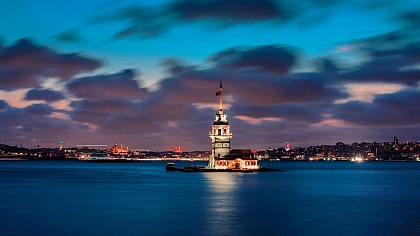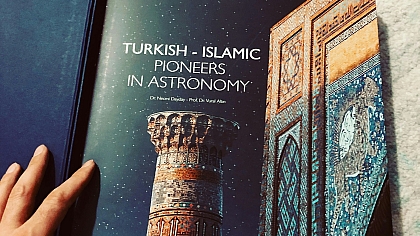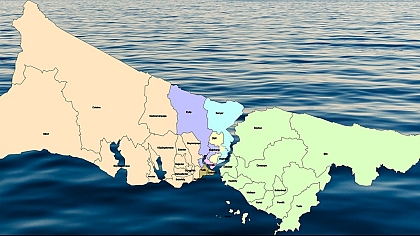
Turkish and Portuguese Tourist Attractions: A Comparative Exploration
When it comes to holiday destinations, Turkey and Portugal are two countries that often find themselves on travellers' radars. Each offers a unique blend of natural beauty, rich history, and vibrant culture.
Turkish and Portuguese tourist attractions share some common elements, such as stunning beaches and delicious cuisine, yet they also possess distinctive qualities that set them apart.
Let's compare the commonalities and differences that make these two destinations stand out in the world of tourism.
Common Ground: Beaches
Both Turkey and Portugal boast an impressive coastline that caters to beach lovers seeking sun, sand, and sea. These coastal regions are renowned for their beautiful beaches, making them ideal destinations for relaxation and water-based activities.
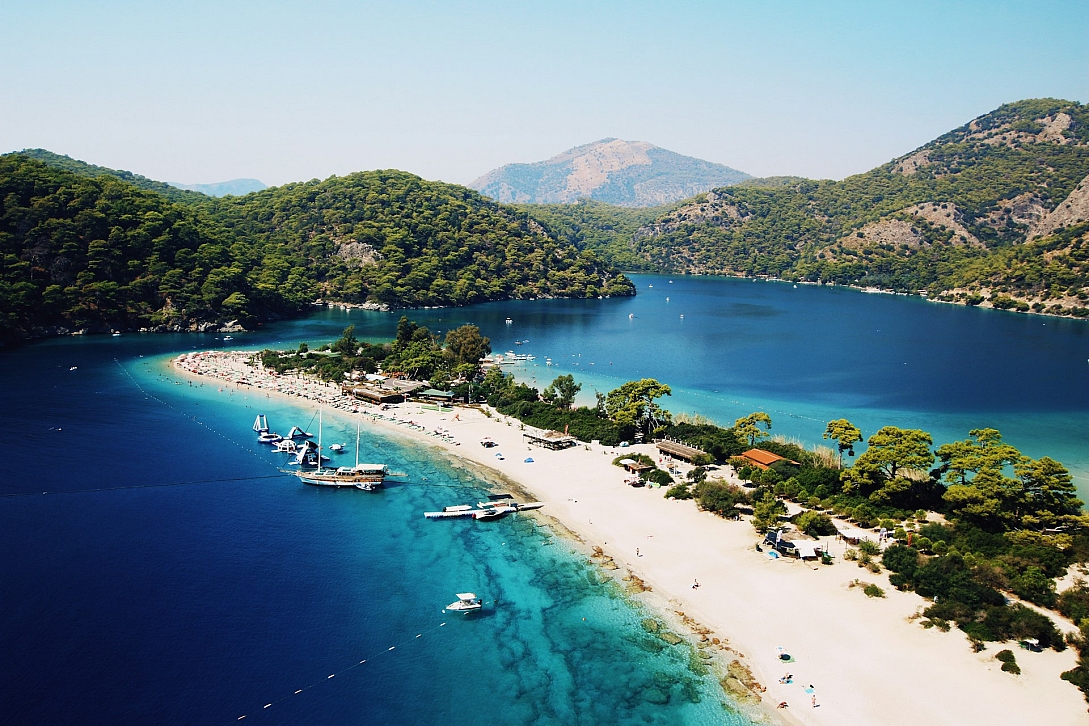
Turkey's Turquoise Coast, located along the southwestern part of the country, offers a picturesque shoreline along the Aegean and Mediterranean Seas. Places like Antalya, Bodrum, and Fethiye are famous for their crystal-clear waters, soft sands, and charming beach towns. Visitors can bask in the sun, swim in the calm, turquoise waters, and explore ancient ruins nearby, making it a well-rounded beach experience.
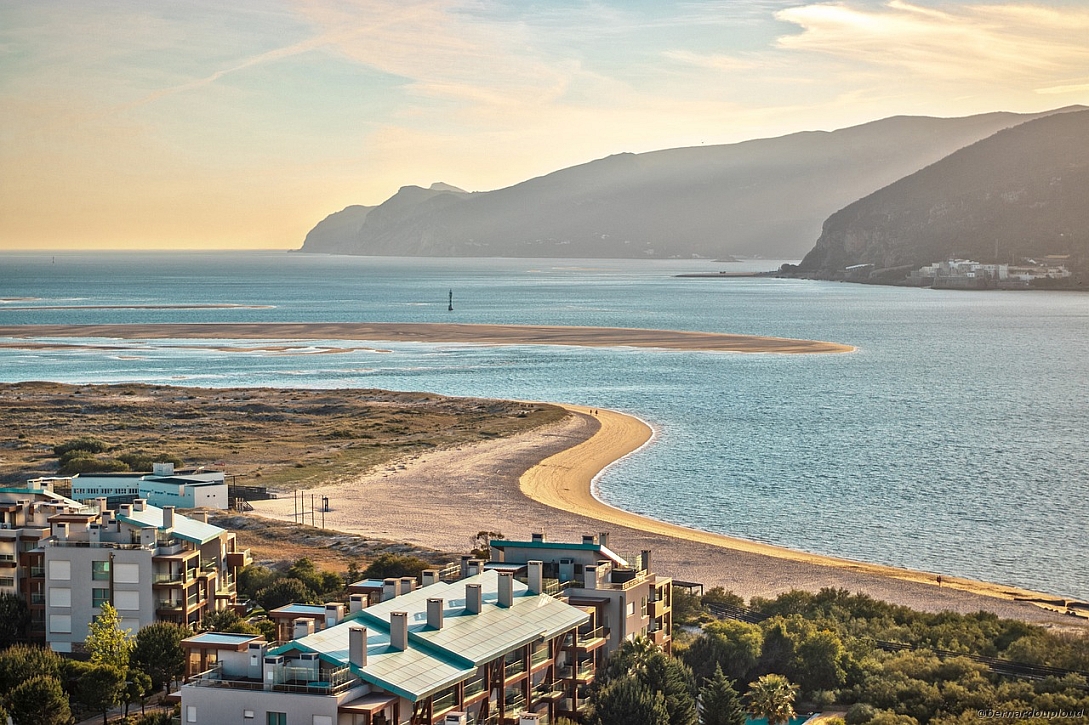
Portugal, on the other hand, offers equally stunning beaches along the Algarve coast. Praia da Marinha, Praia de Benagil, and Praia Dona Ana are just a few examples of the mesmerizing beaches this region has to offer. With rugged cliffs, hidden caves, and golden sands, the Algarve is a haven for those seeking natural beauty and tranquillity.
Distinct Flavours: Cuisine
One of the most enjoyable aspects of travel is savouring the local cuisine, and both Turkey and Portugal offer mouthwatering dishes that reflect their unique cultures.

Turkish cuisine is a culinary journey through history. Dishes like kebabs, baklava, and Turkish delight are renowned worldwide. The country's strategic location has allowed it to blend flavours from the Middle East, the Mediterranean, and Central Asia. Must-try dishes include Turkish delight, pide (Turkish pizza), and the ever-popular doner kebab.
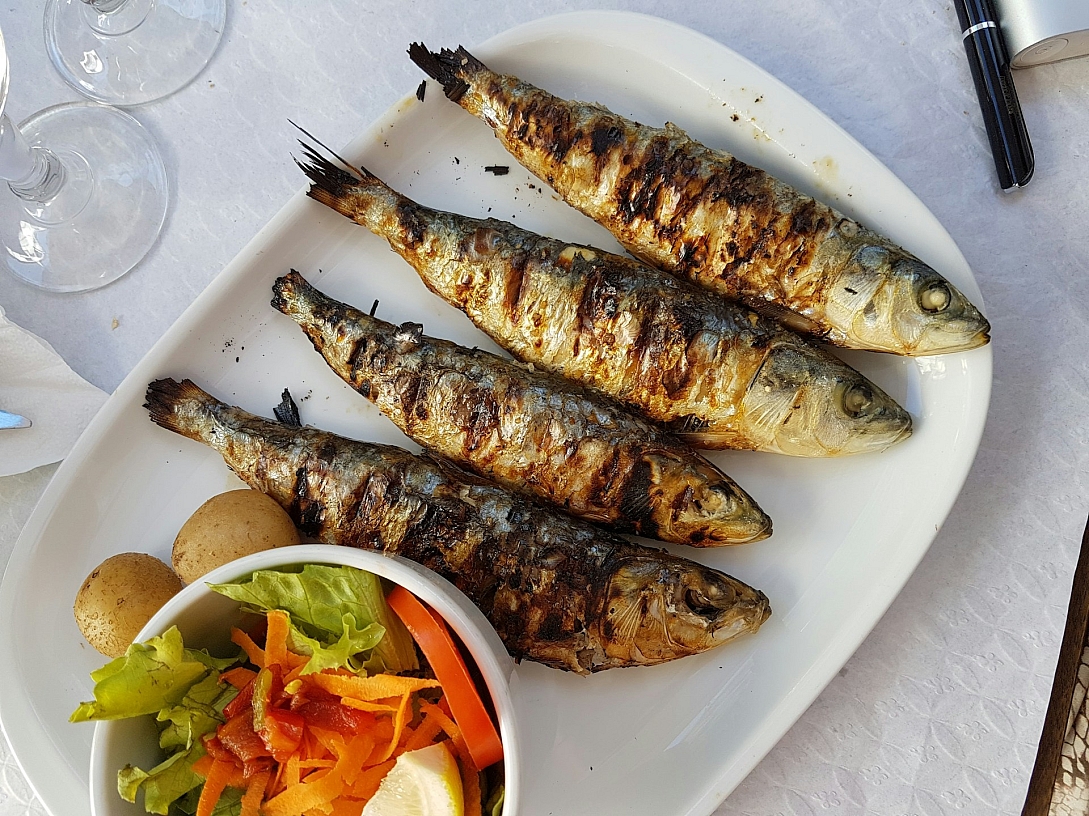
Portuguese cuisine is equally delightful, with a focus on fresh seafood and rich flavours. The famous "bacalhau" (salted codfish) is a staple in Portuguese cooking, and dishes like "pastéis de nata" (custard tarts) are beloved desserts.
Historical Riches: Architecture and Heritage
Both countries are steeped in history, and their architectural and historical attractions bear witness to their rich pasts.
Turkey is a treasure trove of historical sites, including ancient cities like Ephesus, Hierapolis, and Troy. Istanbul, formerly Constantinople, is a city where East meets West, offering a unique blend of Byzantine, Ottoman, and modern influences. The iconic Hagia Sophia and Topkapi Palace are prime examples of this rich history.
Portugal, with its maritime heritage, offers historic sites like the Tower of Belém in Lisbon and the University of Coimbra. The charming city of Porto, known for its colourful buildings, is a UNESCO World Heritage site. The medieval town of Óbidos, with its well-preserved walls and narrow streets, provides a glimpse into Portugal's past.
While Turkey and Portugal each have rich histories shaped by their own cultural and religious influences, it's fascinating to explore how they bear traces of different religious traditions.
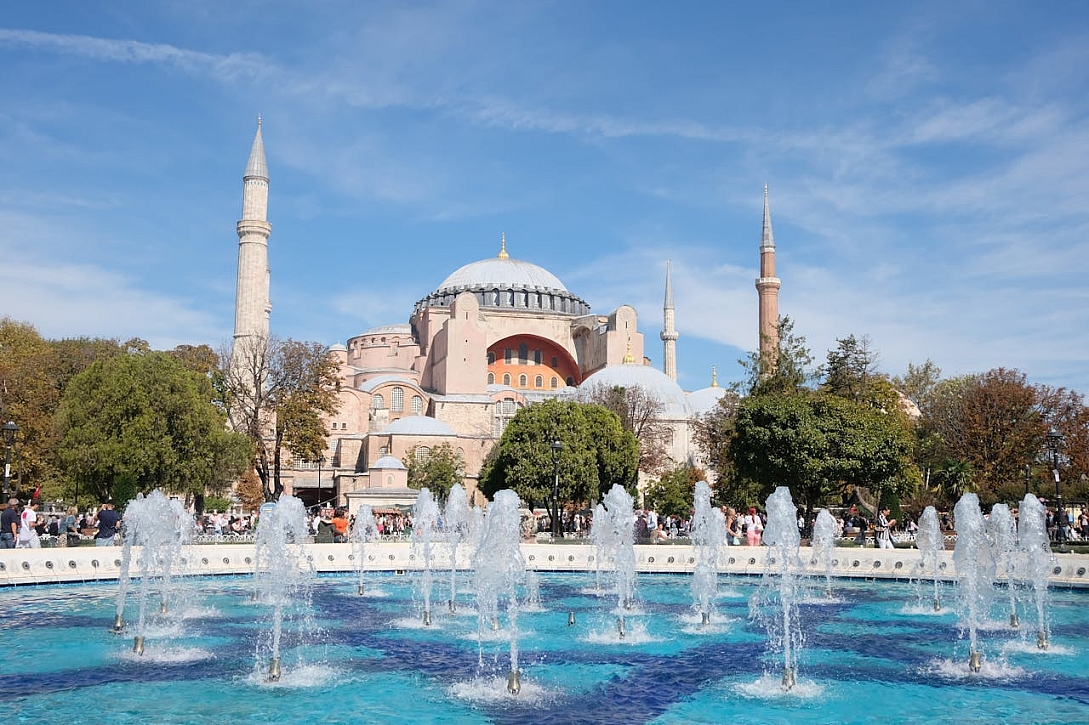
In Turkey, the influence of Byzantine Christianity is evident in the architectural marvels that dot the landscape. The Hagia Sophia, for instance, originally constructed as a cathedral in Constantinople (modern-day Istanbul), stands as an iconic example of Byzantine architecture. Its stunning mosaics and intricate design elements reflect the fusion of Christianity and Eastern artistry. Similarly, the Topkapi Palace, once a centre of Byzantine and later Ottoman power, showcases the transition from Christian to Islamic rule, making it a testament to the region's complex history.
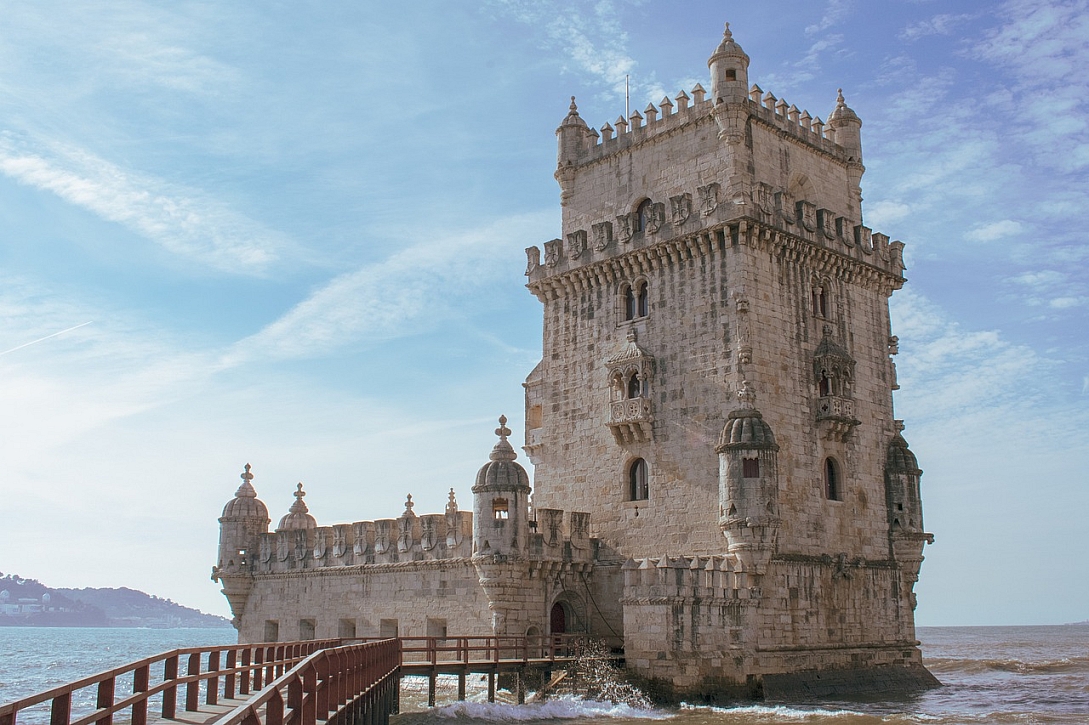
In contrast, Portugal holds remnants of Islamic influence from its Moorish past. The Tower of Belém in Lisbon, a UNESCO World Heritage site, is a striking example of Manueline architecture, influenced by Moorish design principles. The intricate lace-like stonework of the tower is reminiscent of Islamic decorative art. Additionally, the University of Coimbra, one of the oldest universities in Europe, reflects a period when the Moors were an intellectual and cultural influence in the Iberian Peninsula.
Both countries, in their own unique ways, offer glimpses into the intricate tapestry of history, where different religious and cultural influences have left their indelible mark on the architectural and cultural heritage of the regions. Exploring these traces is not only a journey through time but also a reminder of the interconnectedness of civilizations across centuries.
To visit Portugal and view historical architecture worry-free, check for entry requirements at Portugal Visa UK.
Nature's Wonders: Scenic Landscapes
In addition to beaches, both Turkey and Portugal feature diverse landscapes that appeal to nature enthusiasts. Turkey offers the otherworldly landscapes of Cappadocia, with its fairy chimneys and cave dwellings. Pamukkale's terraces of thermal pools are another natural wonder. Portugal's Sintra-Cascais Natural Park is a lush, forested area filled with hiking trails and the whimsical Pena Palace.
Let's dive deeper into what sets Turkish and Portuguese tourist attractions apart and explore some additional aspects of these two captivating destinations.
Turkish Delights: Unique Experiences
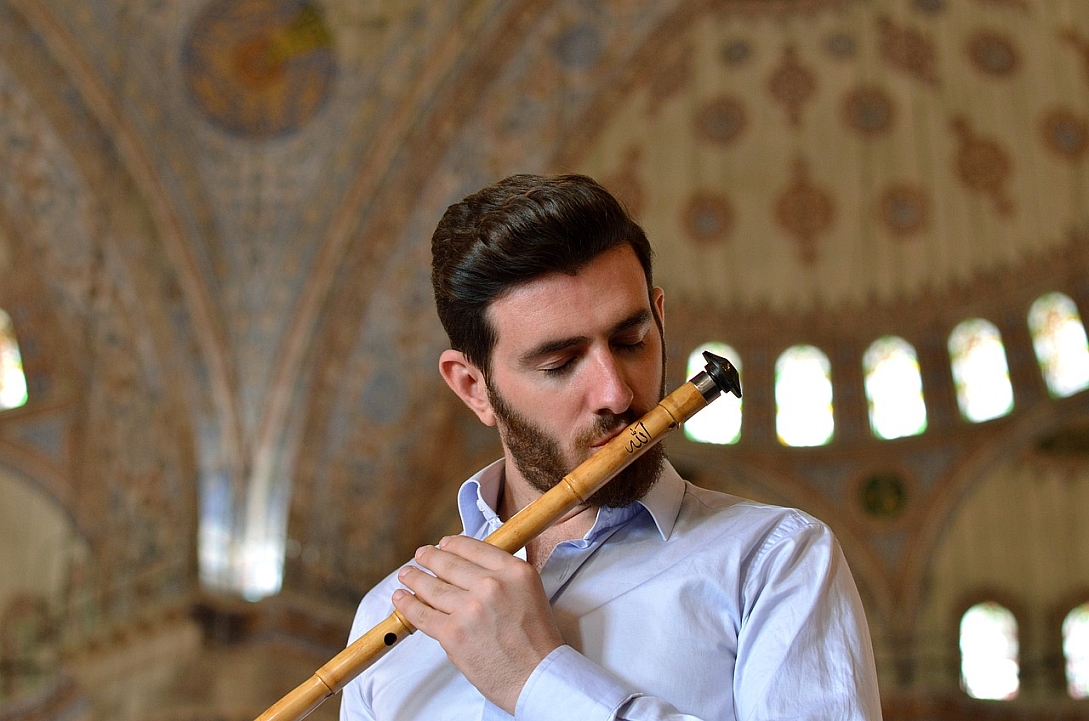
1. Hot Air Ballooning in Cappadocia: One of Turkey's most iconic experiences is floating in a hot air balloon over the surreal landscapes of Cappadocia. This otherworldly adventure provides breathtaking views of the region's famous fairy chimneys and rock formations.
2. Turkish Baths (Hammams): Turkish culture is renowned for its traditional hammams, where visitors can indulge in a relaxing spa experience. Istanbul's historic hammams, like the Çemberlitaş and Ayasofya Hürrem Sultan Hammams, offer an authentic and rejuvenating journey.
3. Whirling Dervishes: Witnessing a Sufi Mevlevi Order performance is a mesmerizing cultural experience. The whirling dervishes' dance is not only a unique spectacle but also a spiritual practice, showcasing Turkey's deep cultural roots.
Portuguese Charm: Unique Experiences
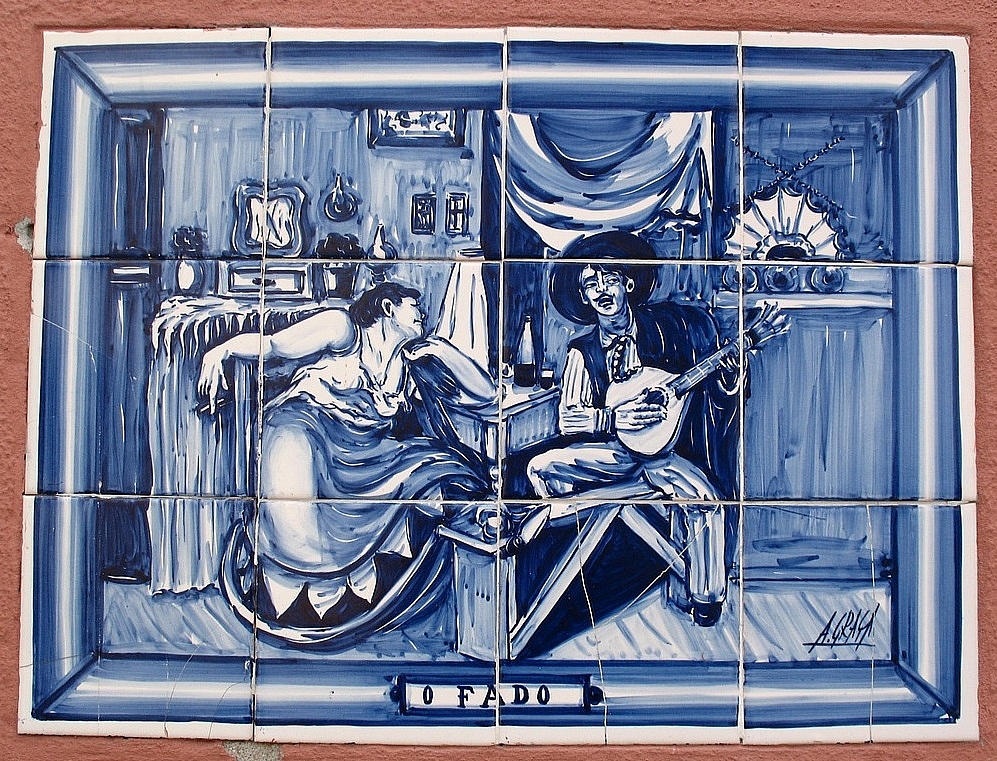
1. Fado Music: Portugal is synonymous with Fado music, known for its melancholic and soul-stirring melodies. Listening to Fado performances in atmospheric Lisbon or Coimbra restaurants is a deeply emotional and unforgettable experience.
2. Sintra's Fairytale Palaces: Sintra, a short trip from Lisbon, is famous for its romantic and whimsical palaces. The colourful and intricate architecture of places like Pena Palace and Quinta da Regaleira transports visitors to a fairy tale world.
3. Azulejo Artistry: Portugal is renowned for its intricate ceramic tiles known as "azulejos." These stunning decorative tiles can be found gracing buildings, churches, and even park benches throughout the country. A visit to Portugal offers a unique opportunity to explore the world of azulejo artistry. Lisbon's National Azulejo Museum is a fantastic starting point, showcasing the evolution of this art form over centuries. Furthermore, visitors can participate in workshops where they can try their hand at creating their own azulejo designs. It's an immersive and artistic experience that allows travellers to connect with Portugal's cultural heritage in a hands-on way.
Accessibility and Diversity: Getting Around
Turkey's vast size and diverse landscapes can mean longer travel distances between attractions. However, the country's well-developed transportation infrastructure, including a network of airports, buses, and a high-speed train system, makes it relatively easy to navigate.
Portugal, being smaller in size, offers a more condensed travel experience. Many of the country's top tourist destinations are within close proximity to each other, making it convenient for travellers to explore multiple cities and regions in a shorter period.
Language and Communication
In Turkey, the official language is Turkish, which uses a Latin-based script. While English is spoken in tourist areas, it can be helpful to learn a few basic Turkish phrases to enhance the travel experience.
Portugal's official language is Portuguese, which uses a Latin-based script as well. English is commonly spoken in urban and tourist areas, making it relatively easy for English-speaking tourists to communicate.
Climate and Seasons
Turkey enjoys a diverse climate due to its geographical location. The coastal areas have a Mediterranean climate with hot, dry summers and mild, wet winters. In contrast, Portugal has a more consistent Mediterranean climate, with mild, rainy winters and hot, dry summers, making it an attractive year-round destination.
Turkey and Portugal, while distinct in many ways, share common elements that make them sought-after tourist destinations. Both countries offer stunning beaches, delectable cuisine, rich historical heritage, and breathtaking landscapes.
However, it's the unique cultural flavours and historical intricacies that set them apart, inviting travellers to explore and appreciate the diversity of experiences each destination has to offer.
Whether you choose to explore the enchanting landscapes of Turkey or immerse yourself in the charm of Portugal, you're sure to create unforgettable memories in either destination. These two countries cater to various interests and preferences, making them must-visit destinations for any traveller.

